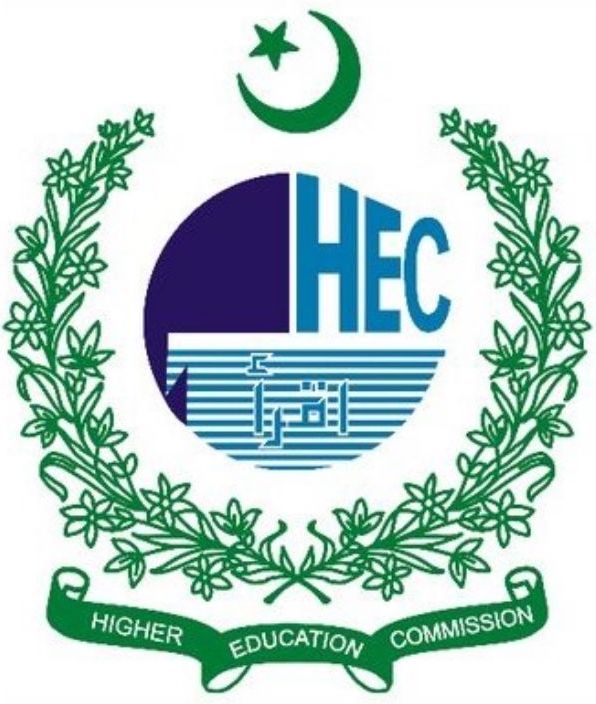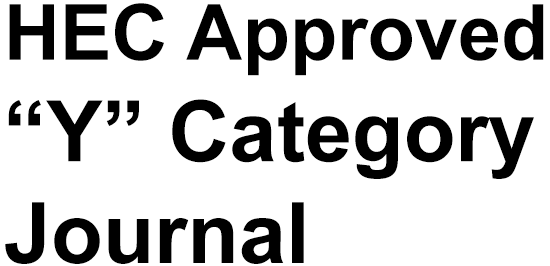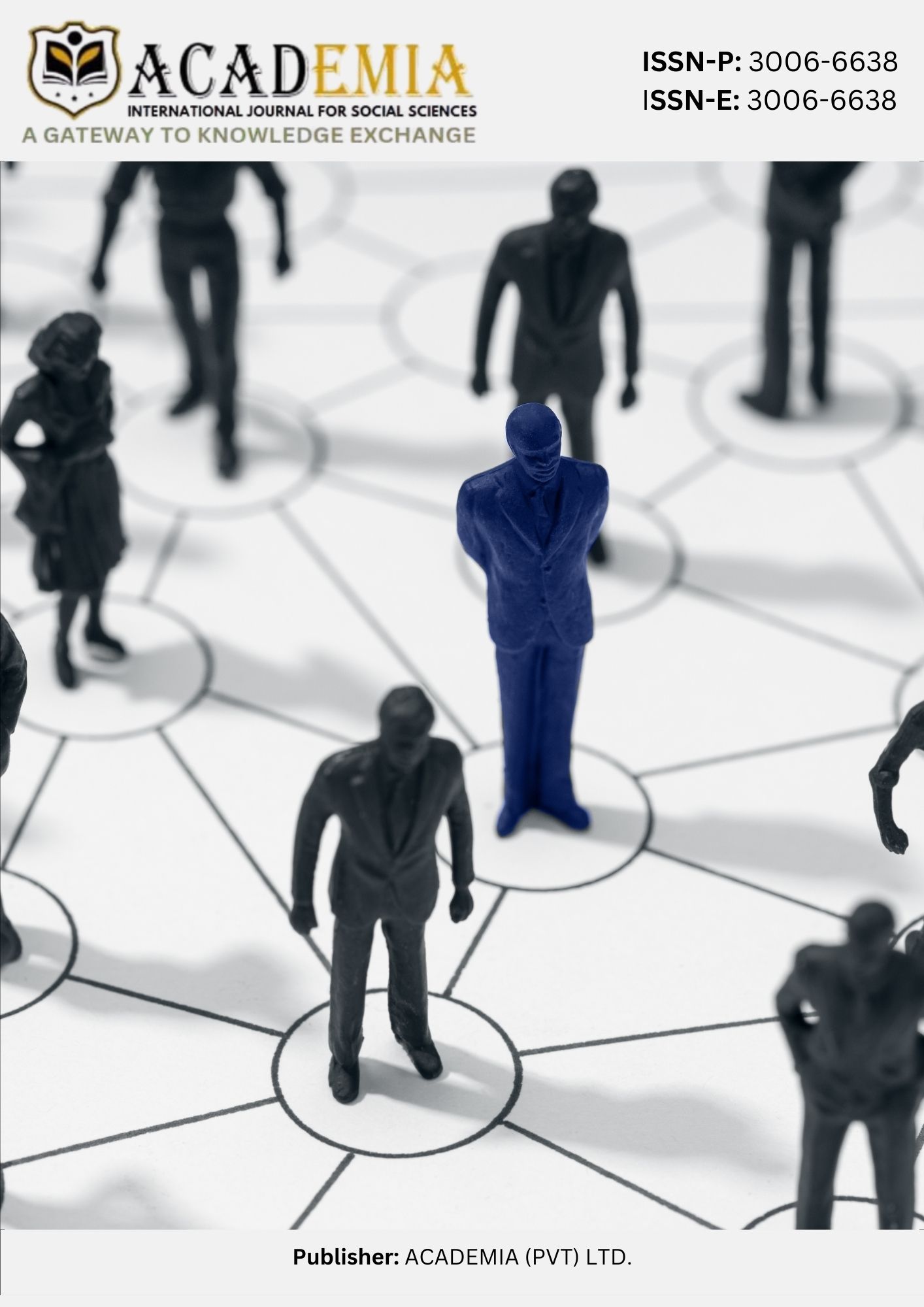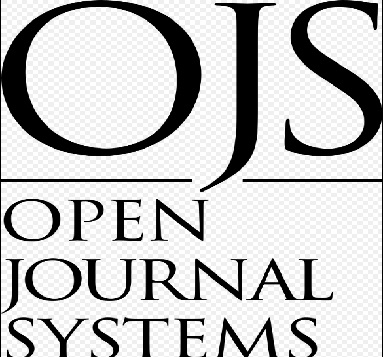Empathic Translation Theory: A 4-Dimensional Model for Emotionally Resonant Translation
DOI:
https://doi.org/10.63056/ACAD.004.03.0499Keywords:
Empathic Translation , Trauma Narratives , Ethical TranslationAbstract
This research delves into the emotional and moral aspects of trauma narratives translation, especially those from conflict areas. Focusing on a real interview with the sister of a martyr, a civilian who was killed by an airstrike on the 8th of May. It presents and implements the Empathic Translation Theory, a four-dimensional framework consisting of Tone, Context, Emotion, and Perplexity. This research compares an empathic translation of the interview against a literal one through a qualitative, interpretive narrative method. The analysis shows that an empathic translation more successfully retains emotional fidelity, psychological depth, and socio-political complexity. It focuses on the emotional witness role of the translator in ethically presenting silence, fragmentation, and affective resonance. The research reinforces the inadequacy of conventional translation practices for trauma literature and calls for empathic, ethically informed practices. This study adds to trauma-informed translation theory and provides important insights for scholars and practitioners working with stories of loss, conflict, and displacement. The empathic translation appears not only as a research tool but as a mode of ethical engagement with vulnerable testimony.
Published
Issue
Section
License
Copyright (c) 2025 Kainat Siddique Mughal, Dr. Nasira Fazil, Asma Iqbal, Syeda Amneen Fatima, Saba Mushtaq (Author)

This work is licensed under a Creative Commons Attribution 4.0 International License.












